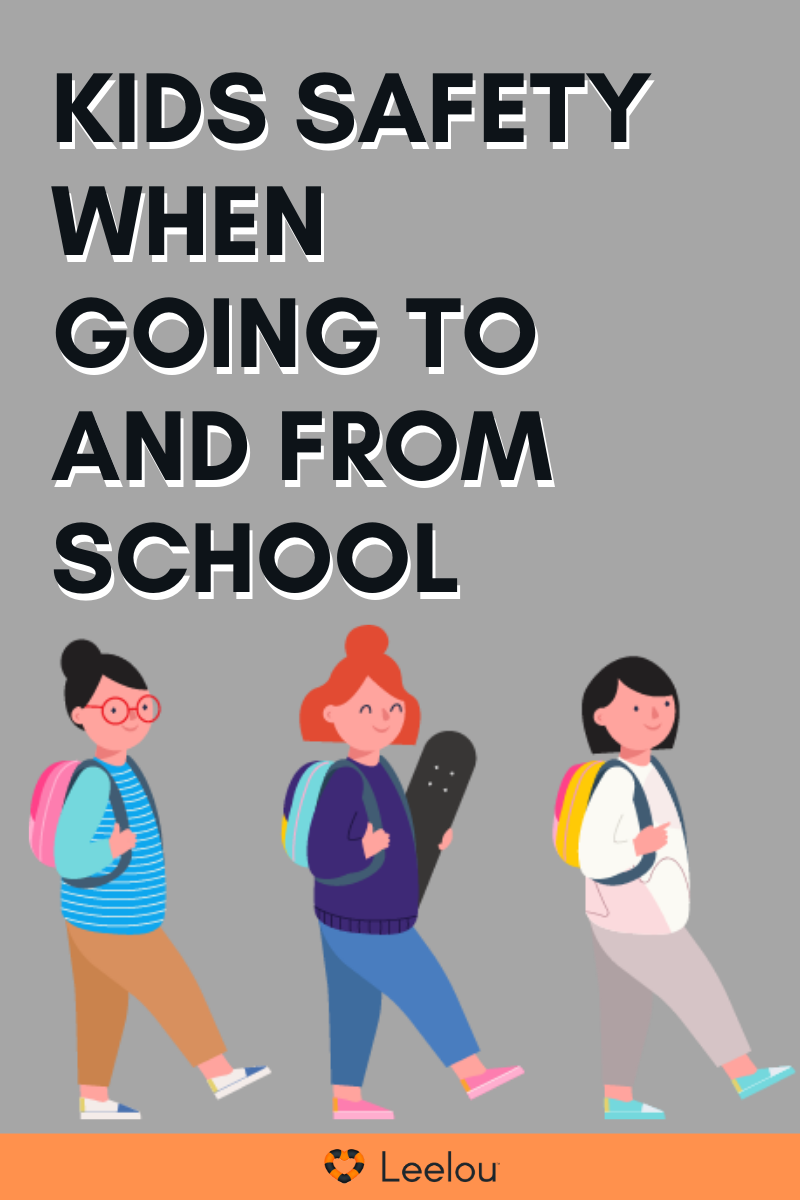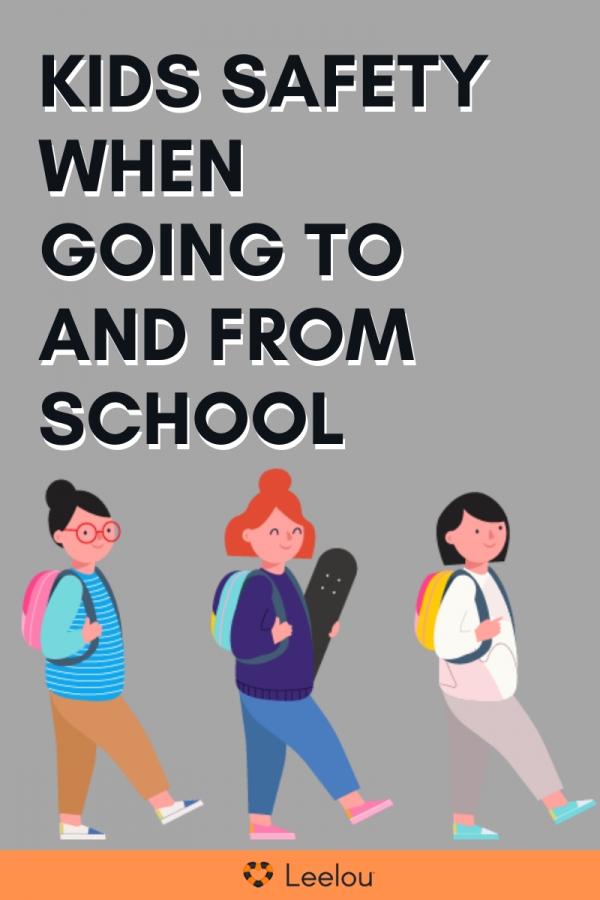
Walking and bike riding are healthy ways to get to and from school. Skipping the school drop-off traffic for more active commutes can contribute to the recommended 60 minutes of physical activity kids need each day. Trips powered by feet, rather than vehicles, also can help reduce pollution, which can trigger breathing problems in children, and make neighborhoods friendlier places.
Here’s what parents need to know to keep kids safe as they walk or bike to school.
Walking to School
Is my child ready to walk to school alone?
Children usually aren’t ready to start walking to school without an adult until about fifth grade, or around age 10. Younger children are more impulsive and less cautious around traffic, and they often don’t fully understand other potential dangers they could come across.
By walking with your children to and from school, you can familiarize them with the neighborhood, teach them about traffic signs, street signs and directions, and model correct behaviors when crossing streets. It’s also a great opportunity for some chat time with your kids.
Keep these tips in mind when walking with your child to and from school:
-
When crossing streets, hold your child’s hand and always observe the traffic safety laws.
-
Observe all traffic signals and let the school crossing guard help you.
-
Be sure to look all ways before crossing the street, and continue to watch for vehicles. Remind children drivers may not always see them.
-
Consider starting a walking school bus by inviting families in your neighborhood to walk children to school together as a group. Adults may take turns walking with the group, so make sure each child knows the adults in their walking group.
Tweens and teens: Walking to school safely
Children are each different, so consider their individual developmental and maturity level when deciding if it is safe for them to walk to school without an adult. Some children may not have the skills to focus on safe pedestrian behavior until they are 10 or older.
For students walking to school without an adult, some points to consider:
-
Make sure they stick to a safe route to school, one with well-trained adult crossing guards at every intersection.
-
If they need to cross any streets on the way to school, practice safe street crossing with them before the start of school.
-
Ideally, they should walk with at least one neighbor child or older sibling.
-
Make sure they know how to say “no” if someone they don’t know offers a ride, and that they yell and run for help if needed.
-
Explain to them that it is not safe to use a cell phone or text while walking, which makes them less aware of traffic.
-
Choose brightly colored backpacks, jackets and other accessories, ideally with reflective materials for days when it begins to get dark earlier.
Biking to School
Bike riding is also a great way to get to and from school, when children are ready. Remember kids need to learn to be safe pedestrians before they can be safe bicyclists.
Once they’re ready to roll, here are some basic bike safety steps to help keep them safe:
-
Rules of the Road. All bicycle riders should follow the basic rules of the road, which also apply to skateboards, scooters and other non-motorized vehicles:
- Ride on the right, in the same direction as traffic using bike lanes when available.- Stop and look both ways before entering the street.- Stop at all intersections, whether marked or unmarked.- Respect traffic lights and stop signs.- Before turning, use hand signals and look in every direction. -
Use Your Head. Always wear a bicycle helmet, no matter how short or long the ride.
-
Riding Ready? Ride with younger children, and don’t let them ride on the street. Use your judgment about letting older children ride in traffic. Consider how heavy road traffic is where they’ll be riding, how mature they are, and how well they can stay focused on traffic and follow rules of the road.
-
Practice Ahead of Time. Practice the bike route to school before the first day of school to make sure your child can manage it.
-
See the Light. Children should only ride a bike when there is plenty of daylight. Wear white or bright-colored clothing to increase visibility.
-
Distracted Riders. Remind bike riders not to talk on the cell phone or text while riding and avoid other distractions like eating.
-
Bike Maintenance. Show children how to check tire air pressure, brakes, and seat and handlebar height, and do these things at least once a year.
Stranger Danger
Since walkers and bike-riders are frequently unsupervised, remind them about stranger danger. Tell your children to never talk to or go anywhere with strangers, no matter what that person tells them. Consider setting a “family secret password” that they can ask for if a stranger claims that mom, dad or another family member sent them. In the event a stranger grabs them or makes them feel uncomfortable in any way, kids should be prepared to yell, physically defend themselves, and escape back to school, home or a trusted adult. Encourage your kids to tell you if any non-student approaches them on the way to or from school, for any reason.
- Don’t allow kids to walk or bike to school unsupervised before they’re ready. While it’s a great way to increase their physical activity and sense of independence, it’s too risky if your children don’t remember or obey basic traffic rules.
- Have a Plan B for getting kids to school in case of inclement weather or traffic conditions. Biking in particular is more dangerous (not to mention messy) on the days that are rainy, icy or windy. If there is a detour, make sure your kids can navigate around it.
- Visibility matters. At the very least, kids should have a bright, reflective jacket or backpack that helps drivers see them and identify them as schoolchildren at just a glance.
- Wear backpacks properly, with both straps on, to help prevent back strain and entanglement.
- Consider leveraging technology to track your child’s location. If they have a phone, apps like Leelou let you track their location in real time. You can use it with a GPS tracker to track your child’s whereabouts or emergecies and instances when they are in danger. It can set ETA for gardians and family. It will send notification when child has departed and arrive safely at home.
Working together as a digital community is one step closer to a brighter future for all our precious children.


